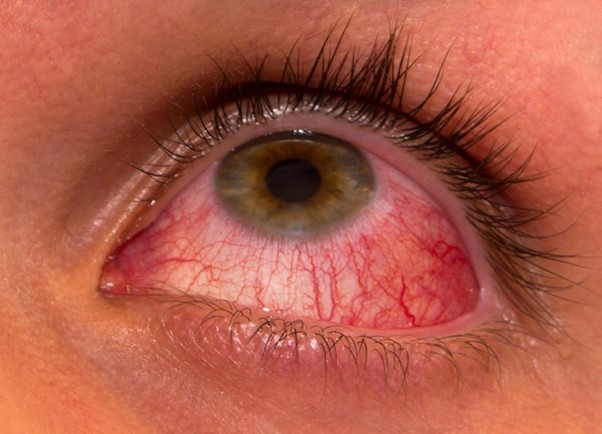There’s an old saying that our eyes are windows to our soul. However, sometimes, nature leaves little markers on this windowpane. One such subtle nudge is pterygium, hinting that it might be time to offer our eyes a little extra care.
Pterygium, often colloquially termed “surfer’s eye”, is an eye condition wherein a benign, pinkish growth develops on the clear tissue (conjunctiva) that lines our eyelids and covers the eyeball. Though the growth is non-cancerous, its progression could encroach upon the cornea, leading to visual disturbances.
Why does pterygium occur? While its exact genesis is under study, prolonged UV exposure, wind, sand, and dust have been identified as major culprits. These elements combined, especially in sunny coastal areas, make sunbathers, beachgoers, and surfers particularly prone.
But here’s where knowledge becomes power. By understanding its treatment spectrum, we can tackle pterygium head-on. For those at an early stage, relief might be as simple as over-the-counter artificial tears or prescribed eye drops to reduce redness and inflammation. But when it grows peskier and impairs vision, surgical intervention becomes a viable choice. Post-surgery, patients may benefit from grafting to reduce recurrence rates.
There’s another proactive measure we can all embrace: prevention. Just as we slather on sunscreen to protect our skin, equipping ourselves with high-quality sunglasses that block out 99% to 100% of UV rays can be our best defense against pterygium.
In essence, pterygium serves as nature’s gentle reminder about the importance of eye care. Whether it’s donning those stylish UV-blocking shades or scheduling that overdue eye exam, let’s prioritize our visual health. After all, clear vision ensures we never miss the beauty around us.


